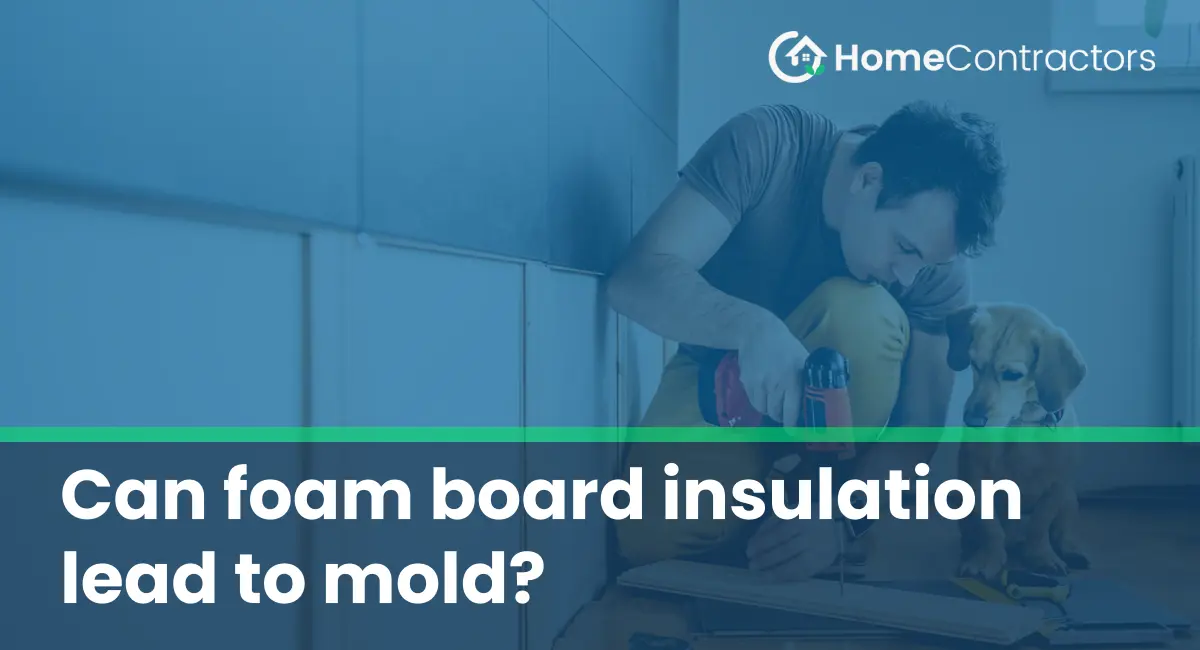Foam board insulation has gained popularity for its effective thermal properties and ability to reduce energy consumption in residential and commercial buildings. However, concerns have been raised regarding the potential risk of mold growth associated with this type of insulation material. In this article, we will delve into the subject and explore whether foam board insulation can indeed lead to mold, as well as the factors that contribute to this possibility.
Understanding Foam Board Insulation:
Foam board insulation is a type of rigid insulation commonly used in buildings to enhance energy efficiency. It is typically made from expanded polystyrene (EPS), extruded polystyrene (XPS), or polyisocyanurate (polyiso) foam. This insulation material offers excellent thermal resistance, dampens noise transmission, and acts as a vapor barrier.
The Moisture-Mold Connection:
Mold requires a conducive environment to grow, and moisture is a key factor contributing to its development. Moisture sources within buildings can include water leaks, condensation, or high humidity levels. As foam board insulation is directly installed onto the walls or within the building envelope, concerns arise regarding its potential to trap and accumulate moisture, potentially leading to mold growth.
Understanding the Risk:
While foam board insulation itself does not promote mold growth, it can contribute to the accumulation of moisture if not installed properly or in the absence of adequate moisture control measures. Moisture can infiltrate through gaps, cracks, or improperly sealed joints, leading to dampness or condensation between the insulation material and the wall.
Installation and Moisture Control:
Proper installation techniques are essential to minimize the risk of moisture accumulation and subsequent mold growth in foam board insulation. These include:
- Vapor Barriers: In colder climates, it is crucial to install a vapor barrier on the warm side of the insulation to prevent moisture from penetrating the insulation layer, condensing, and leading to mold growth.
- Sealing: All joints and seams in the foam board insulation should be carefully sealed to prevent air infiltration and potential moisture penetration. This can be achieved using specialized tapes, adhesives, or sealants designed for insulation materials.
- Adequate Ventilation: Proper ventilation within the building envelope is crucial to control humidity levels. It helps remove any moisture that may find its way into the insulation, reducing the risk of mold growth.
- Moisture Detection and Prevention: Regular inspection of the insulation and surrounding areas for signs of moisture is important. Addressing any leaks or underlying moisture issues promptly can prevent mold growth from occurring.
Although foam board insulation itself does not inherently lead to mold growth, it can contribute to moisture accumulation if not properly installed or coupled with inadequate moisture control measures. By following proper installation techniques and ensuring proper ventilation and moisture control, the risk of mold growth associated with foam board insulation can be significantly minimized. It is crucial to consult professionals and adhere to relevant building codes and regulations to ensure a properly insulated and mold-free environment.
